Spain History has a rich and complex history that spans thousands of years, encompassing various civilizations, cultures, and influences. From its prehistoric roots to the present day, Spain’s history is marked by significant events that have shaped its identity, politics, and society. In this comprehensive exploration, we will delve into the key periods and milestones in the history of Spain, examining the various civilizations that have left their imprint on the Iberian Peninsula.
Prehistoric Spain:
The history of Spain begins in prehistoric times, with evidence of human habitation dating back to the Paleolithic era. Cave paintings in places like Altamira and El Castillo provide a glimpse into the artistic and cultural achievements of early inhabitants. As the millennia progressed, various cultures, including the Iberians, Celts, and Tartessians, settled in the region, each contributing to the diverse tapestry of pre-Roman Spain.
Roman Hispania (218 BC – 409 AD):
The Roman conquest of the Iberian Peninsula, known as Hispania, began in the 3rd century BC and marked a significant turning point in Spain’s history. The Romans established a network of cities, roads, and infrastructure, leaving a lasting impact on the region’s development. Hispania became a vital part of the Roman Empire, contributing soldiers, resources, and culture. The fall of the Western Roman Empire in 476 AD saw the Visigoths emerge as rulers of the Iberian Peninsula.
Visigothic Rule and the Islamic Conquest (409 – 711):
The Visigoths, a Germanic tribe, established their rule in Hispania after the fall of the Roman Empire. However, internal conflicts and weak leadership made the Visigothic kingdom susceptible to external threats. In 711, the Islamic Moors, led by Tariq ibn Ziyad, crossed the Strait of Gibraltar and defeated the Visigothic king Roderic at the Battle of Guadalete. This marked the beginning of Muslim rule in Spain.
Islamic Spain (711 – 1492):
Islamic Spain, or Al-Andalus, witnessed a golden age of cultural, scientific, and artistic achievements under Muslim rule. Cities like Cordoba and Toledo became centers of learning and tolerance, where Muslims, Christians, and Jews coexisted. The Umayyad Caliphate of Cordoba, in particular, played a pivotal role in fostering intellectual and artistic advancements.
However, internal strife and external pressures led to the fragmentation of Al-Andalus into smaller Taifa kingdoms. The Reconquista, a centuries-long Christian reconquest of the Iberian Peninsula, began in the north. The decisive Battle of Las Navas de Tolosa in 1212 marked a turning point, leading to the decline of Muslim power.
The Reconquista and the Catholic Monarchs (11th – 15th centuries):
The Reconquista culminated in 1492 when the Catholic Monarchs, Ferdinand II of Aragon and Isabella I of Castile, captured Granada, the last Muslim stronghold in Spain. This event marked the completion of the Christian reconquest and the end of Islamic rule on the Iberian Peninsula. The same year, Christopher Columbus, sponsored by the Catholic Monarchs, set sail on his historic voyage to the Americas, opening a new chapter in global exploration and colonization.
The Age of Exploration and the Spanish Empire (15th – 17th centuries):
Spain’s conquest of the Americas and other overseas territories during the Age of Exploration led to the formation of one of the largest empires in history. The influx of wealth from the New World, coupled with the discovery of silver mines in places like Potosí, Bolivia, fueled the Spanish economy. However, the vast empire also faced challenges, including conflicts with other European powers and internal economic issues.
The Habsburg dynasty, which ruled Spain during this period, saw its zenith under Charles V, who inherited an expansive empire. However, his abdication in 1556 led to the division of the Habsburg territories, with his son, Philip II, inheriting the Spanish crown. The reign of Philip II is notable for the Spanish Armada’s failed attempt to invade England in 1588, a pivotal event in European history.
The Decline of Spain and the Bourbon Dynasty (17th – 18th centuries):
The 17th century marked the beginning of Spain’s decline as a global power. A combination of economic challenges, military conflicts, and political instability contributed to the erosion of Spanish influence. The War of Spanish Succession (1701–1714) resulted in the Treaty of Utrecht, which saw Spain cede various territories, including the Spanish Netherlands and parts of Italy, to other European powers.
The Bourbon dynasty, which began with Philip V, sought to implement reforms to revitalize Spain. The Enlightenment ideas that swept across Europe also influenced Spain, leading to cultural and intellectual developments. However, internal resistance to reforms and continued economic difficulties persisted.
The Peninsular War and the Napoleonic Era (1808 – 1814):
Spain faced a tumultuous period in the early 19th century with the invasion by Napoleonic forces during the Peninsular War. The Spanish resistance, known as the Guerrilla, engaged in a guerrilla warfare campaign against the French occupation. The British, led by the Duke of Wellington, also played a crucial role in the eventual defeat of Napoleon’s forces in the Iberian Peninsula.
The war’s aftermath saw the restoration of the Bourbon monarchy in the form of Ferdinand VII, but political instability persisted. The 19th century in Spain was marked by conflicts between liberals and absolutists, with several changes in government and the promulgation of various constitutions.
The Spanish-American War and the Loss of the Empire (1898):
The late 19th century saw Spain lose its remaining colonies in the Americas, particularly after the Spanish-American War of 1898. The United States emerged victorious, and Spain ceded territories, including Cuba, Puerto Rico, Guam, and the Philippines. This event marked the definitive end of Spain’s once vast overseas empire.
The Spanish Civil War (1936 – 1939):
The 20th century brought further turmoil to Spain with the outbreak of the Spanish Civil War. Political divisions between Republicans and Nationalists, led by General Francisco Franco, escalated into a brutal conflict. The war became a precursor to World War II, with international involvement on both sides. Franco’s Nationalists emerged victorious in 1939, leading to the establishment of a fascist dictatorship that would last until Franco’s death in 1975.
Francoist Spain (1939 – 1975):
Under Franco’s rule, Spain experienced a period of political repression, censorship, and isolation from the international community. The regime implemented conservative social policies and suppressed regional identities, particularly in Catalonia and the Basque Country. Despite its authoritarian nature, Franco’s regime stabilized the country and fostered economic development in the 1960s, leading to what is known as the “Spanish Miracle.”
Transition to Democracy and the Post-Franco Era (1975 – Present):
Following Franco’s death in 1975, Spain underwent a peaceful transition to democracy. King Juan Carlos I played a key role in the process, guiding the country toward a constitutional monarchy. The 1978 Constitution established Spain as a parliamentary democracy with a constitutional monarchy, outlining fundamental rights and regional autonomy.
The transition to democracy saw the emergence of two major political parties, the Spanish Socialist Workers’ Party (PSOE) and the People’s Party (PP). The Basque Country and Catalonia gained significant autonomy, but tensions over regional identities and calls for independence persisted.
Spain became a member of the European Union in 1986, contributing to its economic and political integration with the rest of Europe. The 21st century has seen Spain grappling with challenges such as economic crises, immigration, and regional autonomy issues. Catalonia, in particular, has witnessed heightened tensions, with calls for independence leading to a controversial referendum in 2017.
Conclusion:
Spain’s history is a fascinating tapestry of diverse cultures, civilizations, and events. From the prehistoric settlements on the Iberian Peninsula to the Islamic golden age, the Reconquista, the Age of Exploration, and the tumultuous 20th century, Spain has undergone profound transformations. The country’s ability to adapt to changing circumstances, absorb influences from various cultures, and navigate periods of crisis has shaped its identity and contributed to its rich cultural heritage.
Today, Spain stands as a modern, democratic nation that continues to grapple with regional dynamics, economic challenges, and questions of identity. Its history serves as a reminder of the resilience of nations and the enduring impact of historical events on contemporary society. As Spain navigates the complexities of the 21st century, it does so with a cultural legacy that reflects the contributions of its diverse past.


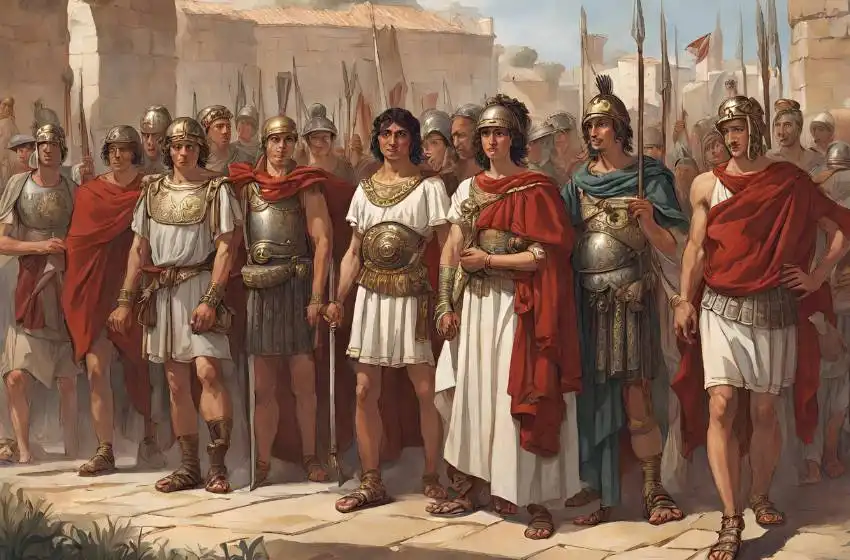






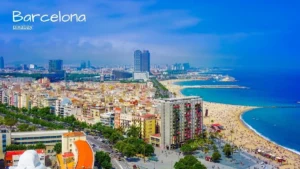
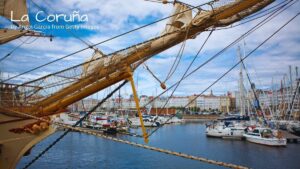

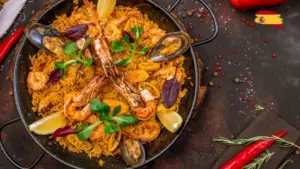
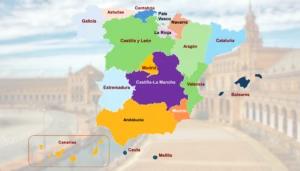

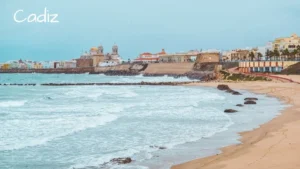

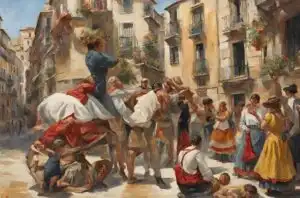
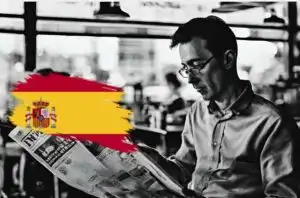

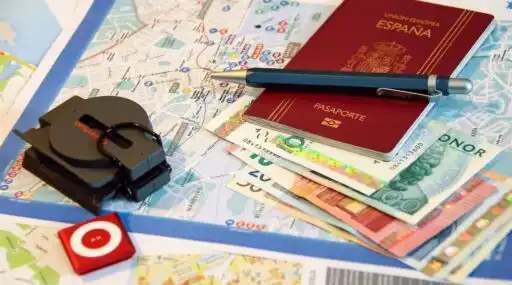






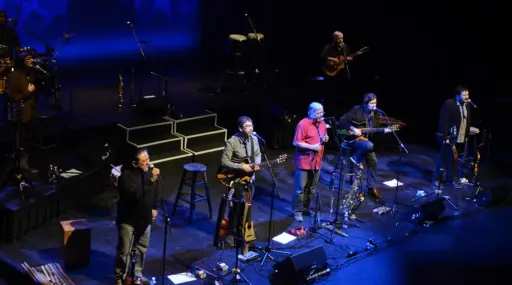




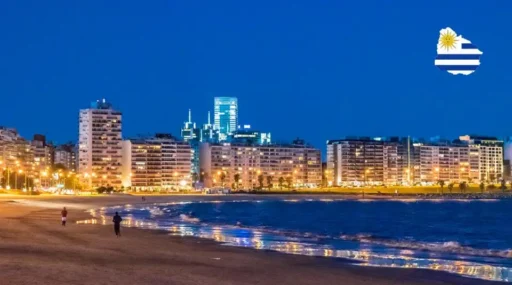



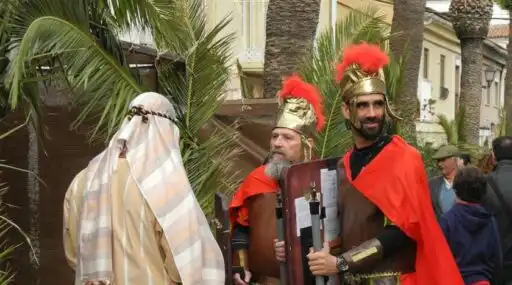


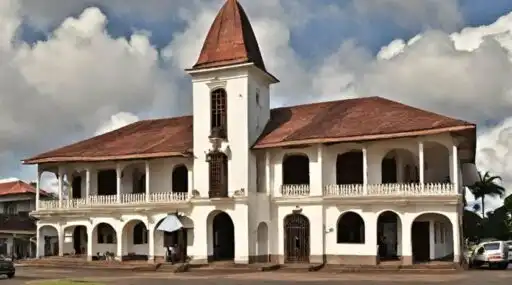
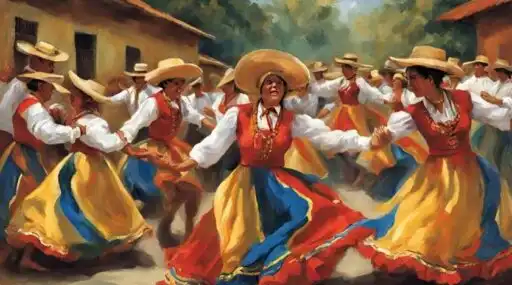

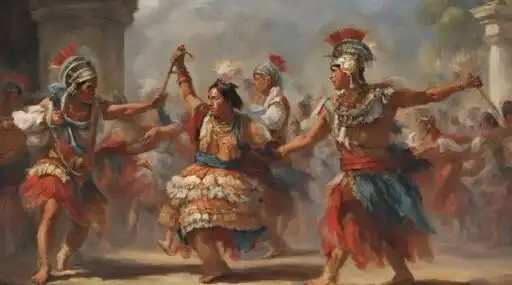





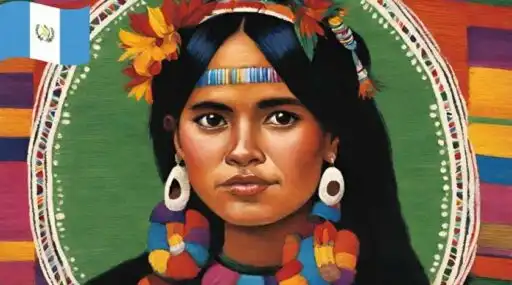
Leave a Reply